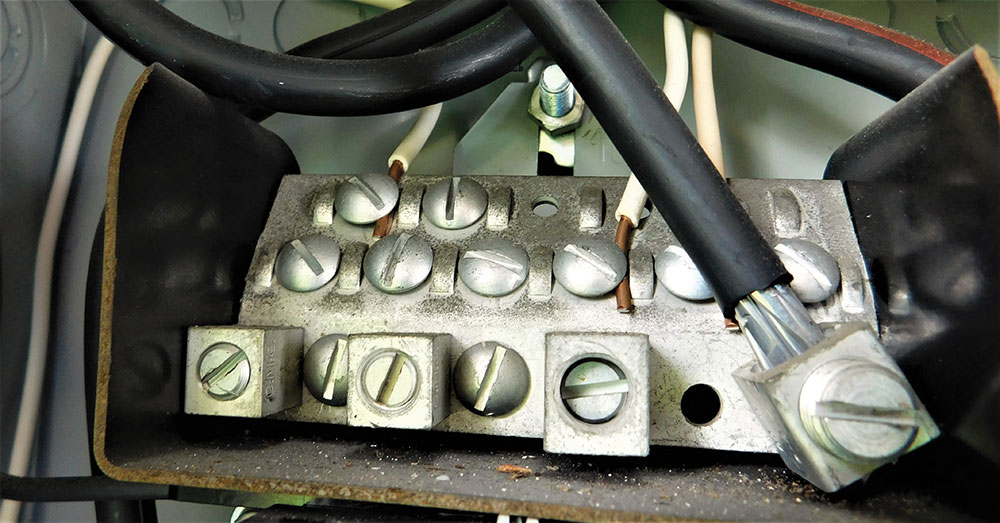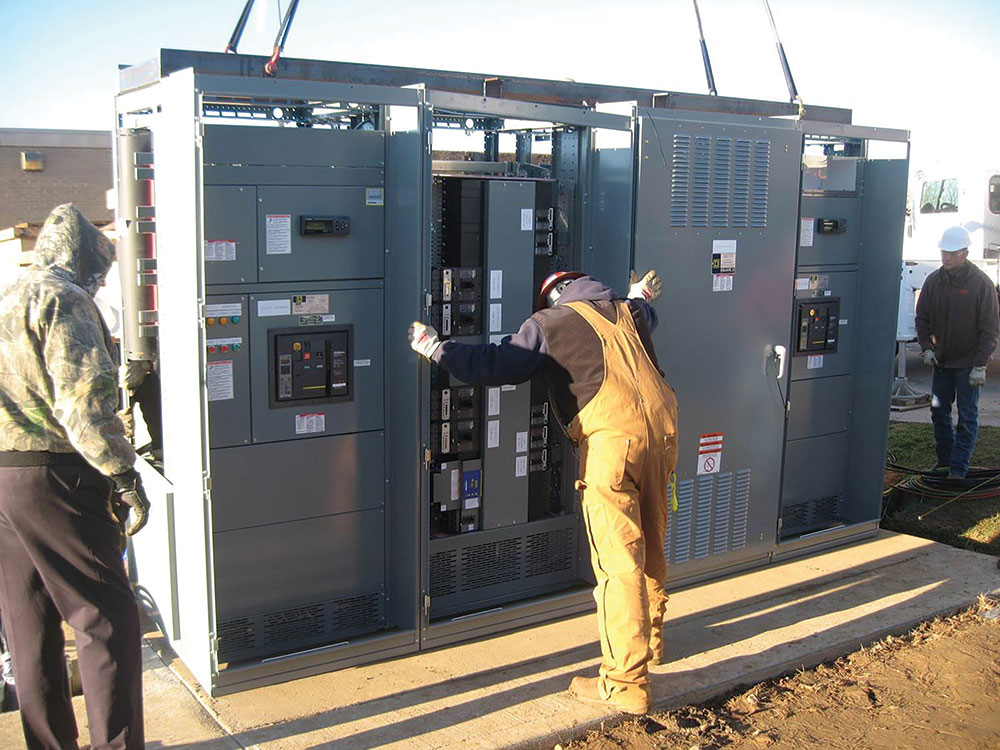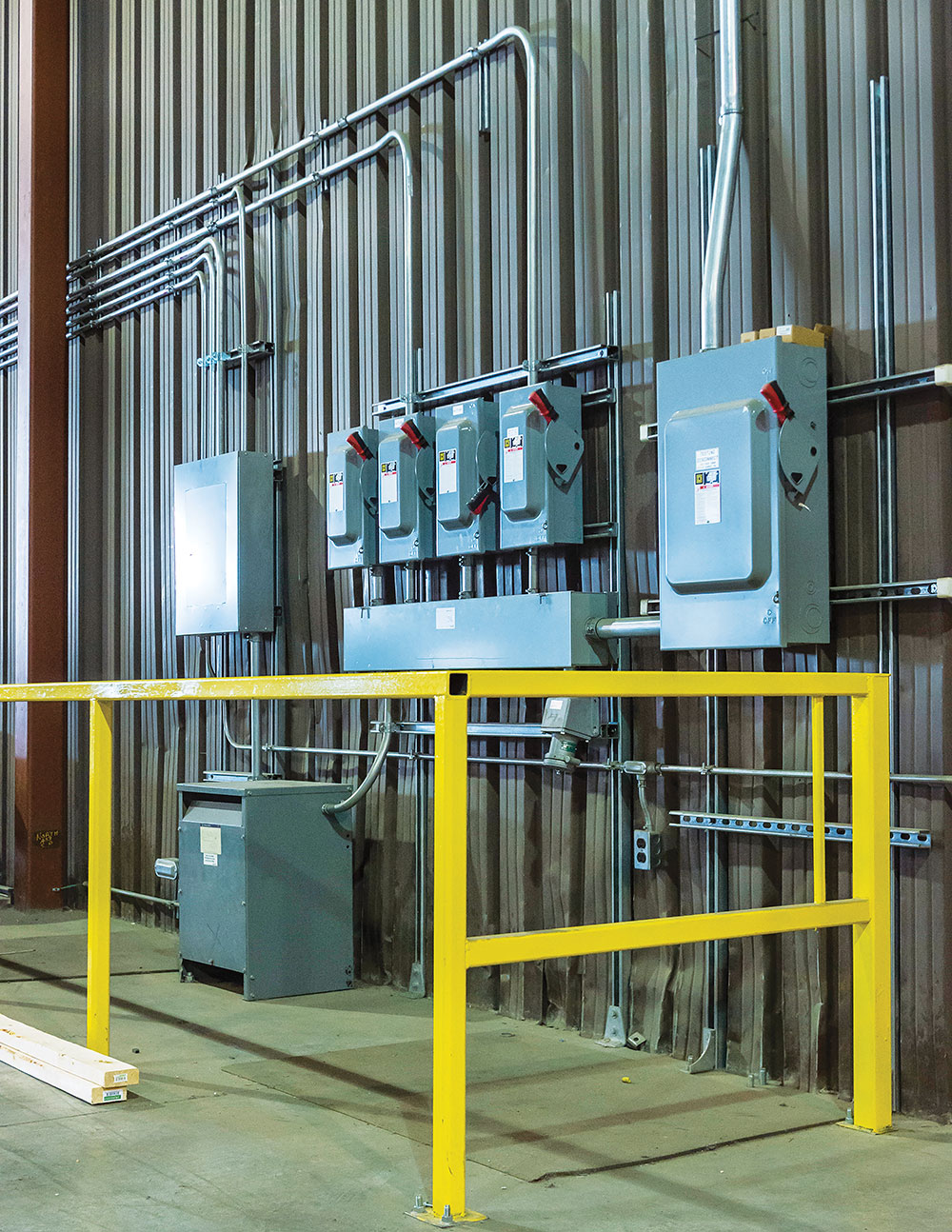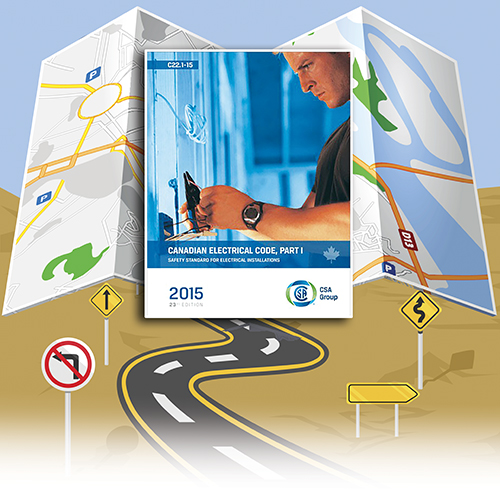Understanding the information on equipment nameplates is essential to properly evaluate an air conditioner or heat pump installation. This understanding simplifies the selection of the correct branch-circuit conductor size, the type and rating of the overcurrent protection device, and the size of the disconnecting means.
In continuing the task of locating and inspecting homes wired with Cu-Clad BCBW, D’Agostino solicited the assistance of Mr. John Yeamans, a long-time resident of Farmingville, NY, and a local real-estate agent serving all of Long Island.
Since its invention nearly 60 years ago, the GFCI has undergone numerous design iterations and technological advances that have enhanced its personnel protection features.
My accomplices and I have made up a mock service diagram to be used in an educational program. The electrical service is rated 4000 amps at 120/208 volts. We are supplying the service equipment with 12 sets of 600 kcmil aluminum type THWN per phase.
Today, switchgear designers know the phenomenon of St. Elmo’s Fire by other names. The glow is called a corona, and its crackling emission is called partial discharge.
Prospecting is arguably the #1 hot topic in sales. Despite all the seminars, podcasts, training programs, books, and pressure from managers, most salespeople are prospecting excuse experts.
This article will focus on overcurrent protection and conductor sizing for low-voltage transformers in the Canadian Electrical Code.
Photons (solar energy from sunlight) hit a PV module and electrons (electrical energy) come out. The amount of electricity (volts and amps) a PV module will produce is proportional to the amount of sunlight shining on the module (more is better),
Two significant code revisions recommended by the Professional Electrical Apparatus Reconditioning League (PEARL) were adopted for inclusion into the latest version of the 2017 NEC.
Section 8 is a general section of the CE Code. It provides the information you need to select the conductor ampacities and equipment ratings for consumer’s services, feeders, and branch circuits.













